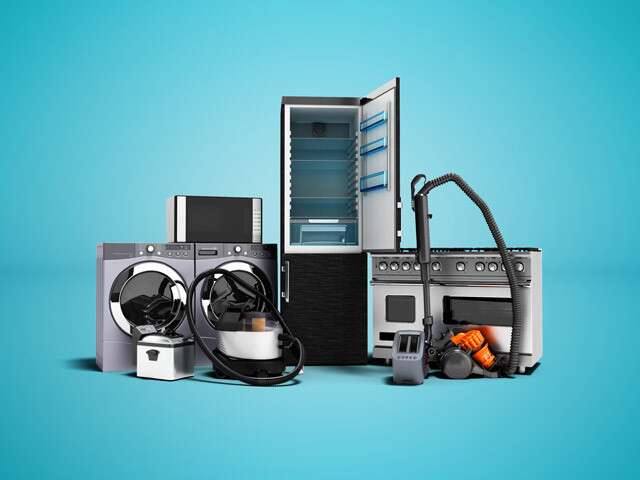In 1879, Thomas Edison had a light bulb moment – literally. He invented a working light bulb. It was a major disruption to a world that was used to expensive and dirty oil lamps. Only the rich could afford to stay up late at night burning the midnight oil. The world was on the brink of a revolution.
To make the invention work, several things needed to be done. One of them was a method of electrical production and distribution. In 1882, Edison switched on the first power station that would produce electricity and distribute it to neighboring factories. This was the beginning of the long journey towards commercializing electricity and a lot of work went into inventing and designing the infrastructure that would make that a success.
Transmission over long distances was a problem until Swedish Engineer Jonas Wenström came up with a solution that was in the form of a 3-phase AC current. This allowed for industries to be built away from Power generation sites, such as rivers. Prior to that, electricity needed to be produced near where it would be consumed and this would involve playing about with the location of the consumers (industries), or the power plants. Today, electricity can be transported over thousands of miles with minimal losses.
As electricity became a popular source of energy, one area that had a slow application was home appliances.
The Start of Home Appliances
Initially, electricity was being supplied in homes only for lighting purposes and it remained so for a long time. There were no electric appliances to be used at home. It was a lighting affair.
Appliances started showing up with the electric fan in 1890. Electric iron, vacuum cleaner, toaster, and a washing machine showed up. All these were primitive devices, very different from what we have today. The vacuum cleaner was so bulky that it needed at least two people to operate. It was the beginning of an age when people realized that they could use the newly available energy to make work easier at home.
The development followed an interesting path because houses were only wired for lighting. This means that all the appliances that were available would be screwed into the bulb holder. There were neither electric sockets/receptacles nor switches that could regulate the flow of power. Devices were meant to be unplugged when not in use.
With time, home appliances became more affordable, available, and safer to use. This necessitated planning for them, and building services providers started to design the house wiring in a way that could accommodate the appliances.
With the advent of consumer electronics, home appliances increased and today there are tens of appliances that are used at home. These include air conditioners, dishwashers, clothes dryers, drying cabinets, freezers, refrigerators, kitchen stoves, water heaters, washing machines, trash compactors, microwave ovens, and induction cookers.
Other smaller appliances include juicers, electric mixers, meat grinders, coffee grinders, deep fryers, herb grinders, food processors, electric kettles, waffle irons, coffee makers, blenders, dough blenders, rice cookers, toasters, and exhaust hoods. Consumer electronics include radio receivers, TVs, cameras, computers, smartphones, and many more.
Advancement in Home Wiring
House wiring has been standardized to allow for the adoption of various home appliances that may be needed. One of the needs today is to allow for smart devices that are interconnected and possibly connected to the internet.
However, the current wiring practices applied today are very rigid and possibly fit for the late 80’s. Even houses that are being built today fail to plan for the increasing number of appliances that are in use today and with little planning for smart devices. You find a decent house with only two sockets in the kitchen. In some cases, there are no decent places to plug in a washing machine without having to run extension cords around the house.
Even with simple devices like home theaters, one is forced to run cables under the seats and in awkward places. CCTV installations force one to start drilling and fitting conduits in places where they could have easily been provisioned for during the design. Getting the WiFi signal in different parts of the house is usually a hectic task.
It is like we are still living in the age when everything was plugged into the light bulb holder.



What do you think?